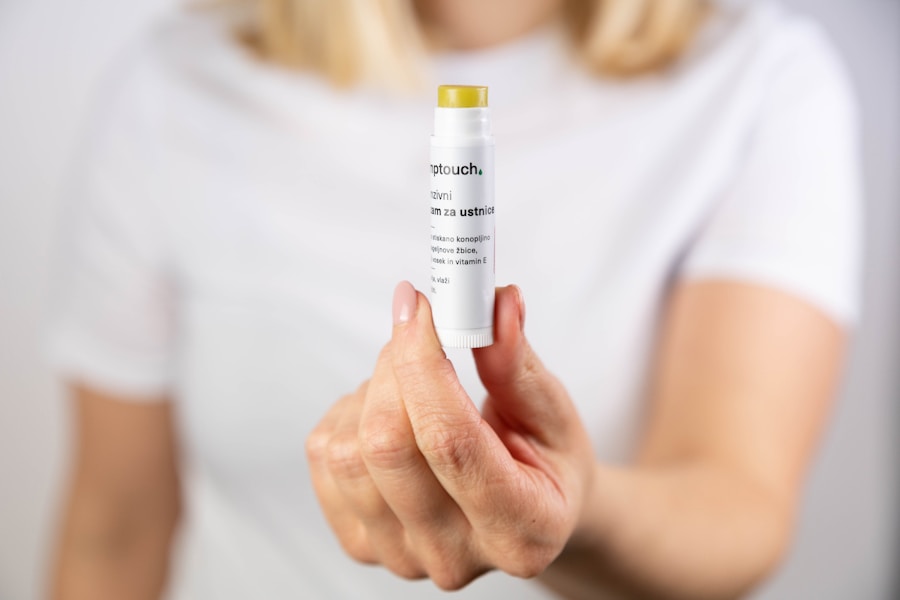Aftercare is a crucial part of any skin treatment, especially when it comes to procedures like waxing, laser hair removal, or chemical peels. It is the period of time following a treatment when the skin needs special attention and care to ensure proper healing and to maintain the results of the treatment. Aftercare helps to soothe and protect the skin, prevent irritation and infection, and promote healthy skin regeneration. It also plays a significant role in preventing complications such as ingrown hairs, hyperpigmentation, or scarring. Proper aftercare can make a significant difference in the overall outcome of a treatment, so it is essential to follow the recommended guidelines and use the appropriate products to support the skin’s recovery process.
During the aftercare period, it is important to avoid activities or products that can irritate or damage the skin. This includes avoiding sun exposure, excessive sweating, harsh chemicals, and abrasive exfoliation. It is also crucial to keep the skin clean and hydrated, as well as to follow any specific instructions provided by the skincare professional. By understanding the importance of aftercare and following the recommended guidelines, individuals can ensure that their skin heals properly and that they achieve the best possible results from their treatment.
Tips for Soothing and Healing the Skin
After undergoing a skin treatment, it is essential to take steps to soothe and heal the skin to minimize discomfort and promote optimal healing. One of the most important things to do is to keep the skin clean and hydrated. This can be achieved by using gentle cleansers and moisturizers that are specifically formulated for sensitive or post-treatment skin. It is also important to avoid touching or picking at the treated area to prevent infection or irritation. Applying a soothing gel or cream containing ingredients like aloe vera, chamomile, or calendula can help to calm any redness or inflammation and promote healing.
Another helpful tip for soothing and healing the skin after a treatment is to apply cold compresses or ice packs to reduce swelling and discomfort. This can be especially beneficial after procedures like waxing or laser hair removal, which can cause temporary redness and irritation. Additionally, it is important to avoid wearing tight clothing or using harsh exfoliants on the treated area, as this can further irritate the skin. By following these tips for soothing and healing the skin, individuals can help to minimize any discomfort or side effects and support the skin’s natural healing process.
How to Prevent Irritation and Ingrown Hairs
Preventing irritation and ingrown hairs is a common concern for individuals who undergo hair removal treatments such as waxing or laser hair removal. To minimize the risk of irritation, it is important to avoid activities that can aggravate the skin, such as excessive sweating, sun exposure, or wearing tight clothing. It is also essential to keep the skin clean and exfoliated to prevent ingrown hairs from forming. Using a gentle exfoliating scrub or a product containing salicylic acid can help to remove dead skin cells and prevent hair follicles from becoming trapped beneath the surface of the skin.
Another effective way to prevent irritation and ingrown hairs is to apply a soothing and anti-inflammatory product after hair removal treatments. This can help to calm any redness or inflammation and reduce the risk of developing ingrown hairs. Additionally, it is important to avoid shaving or using other hair removal methods that can cause irritation or damage to the skin. By taking these steps to prevent irritation and ingrown hairs, individuals can maintain smooth and healthy-looking skin after hair removal treatments.
Sun Protection and Skin Care
Sun protection is an essential part of any skincare routine, especially after undergoing a treatment that can make the skin more sensitive to UV radiation. It is important to use a broad-spectrum sunscreen with an SPF of at least 30 and to reapply it every two hours when spending time outdoors. This can help to prevent sunburn, premature aging, and hyperpigmentation, as well as reduce the risk of developing skin cancer. It is also important to wear protective clothing, such as hats and sunglasses, and to seek shade during peak sun hours to further minimize sun damage.
In addition to sun protection, it is important to continue following a regular skincare routine after a treatment to maintain healthy and radiant skin. This includes cleansing the skin twice a day, using a moisturizer suitable for your skin type, and applying any specific products recommended by your skincare professional. It is also important to avoid using harsh exfoliants or active ingredients that can irritate the skin while it is still healing. By prioritizing sun protection and maintaining a consistent skincare routine, individuals can help to preserve the results of their treatment and keep their skin looking its best.
Recommended Products for Aftercare
There are several products that are commonly recommended for aftercare following skin treatments such as waxing, laser hair removal, or chemical peels. One of the most important products for aftercare is a gentle cleanser that is free from harsh ingredients like sulfates or fragrances. This can help to keep the skin clean without stripping away its natural oils or causing further irritation. It is also important to use a moisturizer that is suitable for sensitive or post-treatment skin to keep the skin hydrated and protected.
In addition to cleansers and moisturizers, there are several other products that can be beneficial for aftercare, depending on the specific treatment received. For example, individuals undergoing laser hair removal may benefit from using a soothing gel containing ingredients like aloe vera or chamomile to calm any redness or discomfort. Those who have undergone a chemical peel may benefit from using a gentle exfoliating scrub or a product containing ingredients like glycolic acid or lactic acid to promote healthy skin regeneration. By using recommended products for aftercare, individuals can support their skin’s healing process and maintain the results of their treatment.
Post-Treatment Guidelines and Restrictions
Following post-treatment guidelines and restrictions is essential for ensuring proper healing and maintaining the results of a skin treatment. Depending on the type of treatment received, there may be specific instructions provided by the skincare professional that should be followed carefully. For example, individuals who have undergone laser hair removal may be advised to avoid sun exposure and excessive sweating for a certain period of time, while those who have had a chemical peel may be instructed to avoid using certain skincare products or undergoing additional exfoliation.
It is also important to be aware of any restrictions that may apply after a treatment, such as avoiding activities like swimming or using hot tubs that can irritate the skin. Additionally, it is important to follow any guidelines regarding makeup application or other skincare products to prevent potential complications. By adhering to post-treatment guidelines and restrictions, individuals can help to ensure that their skin heals properly and that they achieve the best possible results from their treatment.
Long-Term Maintenance for Smooth, Silky Skin
After undergoing a skin treatment, it is important to prioritize long-term maintenance to keep the skin looking smooth, healthy, and radiant. This includes following a consistent skincare routine that addresses individual concerns such as acne, aging, or hyperpigmentation. It is also important to continue using sun protection daily to prevent sun damage and maintain the results of any treatments received.
In addition to daily skincare habits, there are several long-term maintenance strategies that can help to keep the skin looking its best. This includes regular exfoliation to remove dead skin cells and prevent clogged pores, as well as using products containing active ingredients like retinoids or antioxidants to promote healthy skin regeneration. It is also important to stay hydrated, eat a balanced diet, and get enough sleep to support overall skin health. By prioritizing long-term maintenance for smooth, silky skin, individuals can continue to enjoy the benefits of their treatments and maintain healthy-looking skin for years to come.
In conclusion, aftercare plays a crucial role in supporting proper healing and maintaining the results of any skin treatment. By understanding the importance of aftercare and following recommended guidelines, individuals can ensure that their skin heals properly and that they achieve the best possible results from their treatment. By taking steps to soothe and heal the skin, prevent irritation and ingrown hairs, protect against sun damage, use recommended products for aftercare, follow post-treatment guidelines and restrictions, and prioritize long-term maintenance for smooth, silky skin, individuals can support their skin’s health and appearance for years to come.






